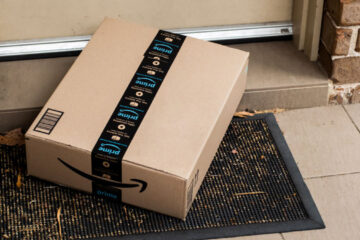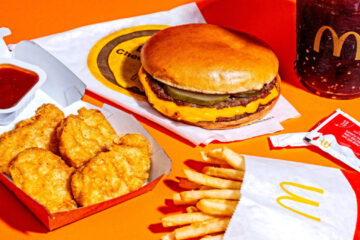Whether you buy new or used, a car now costs 20.9% more than it did in 2020.
If you’re a eggs-and-bacon kind of person, you likely already noticed that your favorite breakfast is getting a whole lot more expensive.
Inflation, which rose 7% in 2021 and reached its highest 12-month point in nearly 40 years, has been hitting certain industries harder than others.
According to numbers released by the Labor Department on Wednesday, the consumer price index excluding food and energy rose 5.5% last year. While food costs rose by an average 6%, bacon in particular was hit hard and jumped by a whopping 19% — along with across-the-board inflation, a year of weather disasters made raising pigs for meat more costly both to farmers and consumers.
Amid supply chain disruptions and a shortage of many essential components that go into making cars, the price of both new and used automobiles combined rose by 20.9%. With fewer new cars hitting the market, demand for affordable used cars is now at unprecedented heights — costs rose 3.5% in December alone and 37.3% year over year.
Other sectors to see high inflation include men’s clothing (apparel overall rose by 5.8%), electricity (6.6% rise) and gas (49.6% rise). Rising energy prices were somewhat tempered with a 0.4% decrease in December but rose a whopping 29.30% in the year overall.
“Consumer wallets are feeling pricing pressures and in turn the Fed has signaled a more hawkish approach,” Mike Loewengart, managing director for investment strategy at E-Trade, told CNBC. “But the question remains if the Fed will pick up the pace given inflation is seemingly here to stay, at least in the medium-term.”


